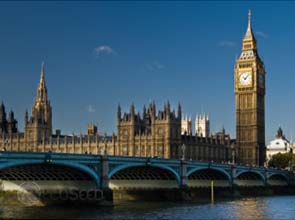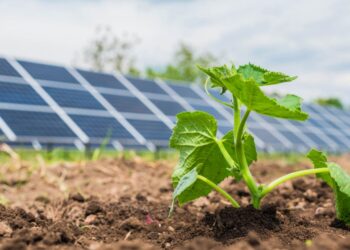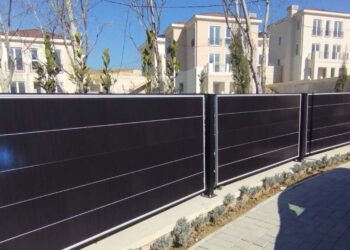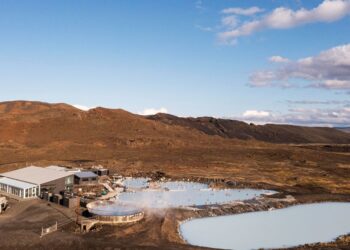Britain has suffered another second-quarterly fall in renewable energy production despite major efforts and investment plans to push its renewable energy production up.
The Department of Energy and Climate Change said lower wind speeds and rainfall brought overall clean energy generation down to 4.72 terawatt-hours in the second quarter of the year, a 12.1 percent drop compared with 5.29 TWh recorded in the same period in 2009.
By category, hydropower supply slipped by 32.2 percent while wind energy by 11.3 percent. The setback follows a smaller but still notable decline seen in the second quarter of 2009 compared with the first quarter of the same year.
Energy output from traditional sources also dropped at a time when the country has pledged to cut pollution through more use of cleaner energy sources. Fuel used by generators in the second quarter of 2010 was 4.3 percent lower than in the second quarter last year while electricity from coal fell by 3.7 percent.
Nuclear energy, hotly debated among energy experts, fell by as much as 23.3 percent. Nuclear power stations are popular among nations in the European Union since it can produce large amounts of energy without emitting greenhouse gases, but comes with hazardous radioactive wastes that take decades to breakdown.
Total electricity supplied by all generators was down by 3.3 percent while final electricity consumption fell by 4 percent.
The data arrived at a time when the government is facing criticism for its energy policies, especially on planned subsidies and tax cuts to be given to the renewable energy sector.
The National Audit Office said that the government has no plans yet to change its policies that include direct support of £265 million ($420.9 million) from 2000 to 2009, and about £1 billion in indirect subsidies for large installations through its renewable obligation certificates in 2008 to 2009.
A coalition of 69 companies and experts published a letter to the government warning that cutting the feed-in tariff benefits would shatter confidence and put future investment in renewable energy sources in peril.
Philip Wolfe, president of Ownergy P.L.C., warned against making cuts too early. He was instrumental in designing the tariff scheme in his former role as director-general of the Renewable Energy Association.
“If the government believes that an early review of tariff levels is required, it could not be more mistaken,” he said. “To do so would stop investment in its tracks and undermine confidence not just in all renewable energy schemes but in other sectors dependent on a consistent regulatory regime.”
“It is apparent that the scheme has a long way to go before we are in the enviable position of having to consider dampening enthusiasm through lower tariff rates as is happening in some countries in continental Europe,” Mr. Wolfe said.
He added that despite the best efforts of the industry, awareness of the feed-in tariffs is still low and there are still several barriers to growth.
The quarter’s energy statistics report included for the first time data on the effects of the feed-in tariff introduced on April 1, 2010. By the end of the second quarter, 15.2 megawatts of renewable energy had been installed across 2,771 installations.
Around 2,700 installations, representing 98 percent of the projects, were solar photovoltaics, of which the majority was below-4 kilowatt panels mainly used in houses. Typically smaller in energy output, they translate to only 44 percent of renewable energy capacity at 6.7 MW.
Hydropower saw four installations under the feed-in tariff system. These were larger, nondomestic projects representing 3.3 MW, around 22 percent of the total. Wind power represented 35 percent of renewable energy capacity at 5.3 MW from 63 installations.
Of the 2,771 renewable energy installations under the feed-in tariff system, 2,730 were domestic projects, although these represent less than half of installed capacity. In contrast, the remaining 41 larger nondomestic energy projects represented 54 percent of the overall installed renewable energy capacity at 8.3 MW.













